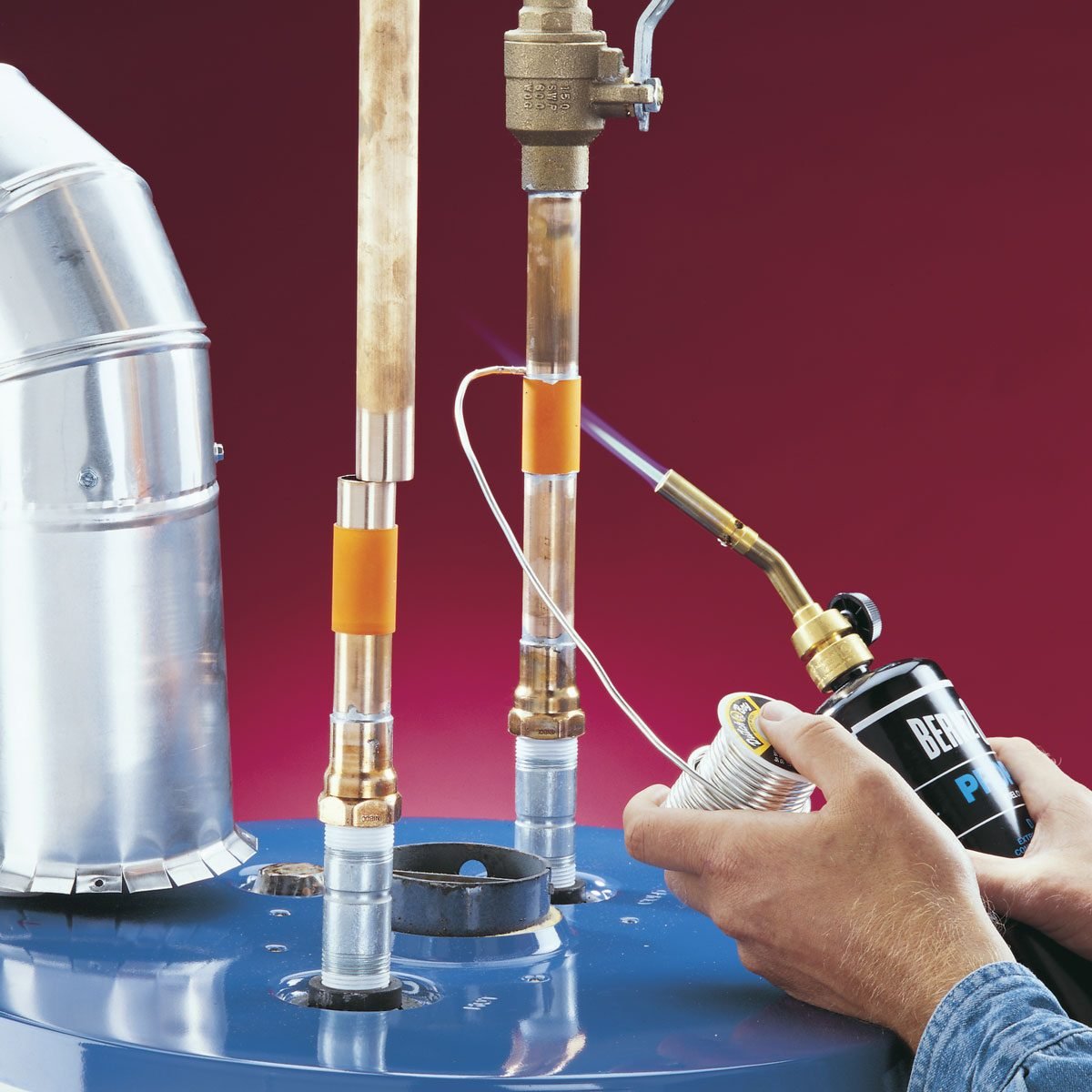Water heater installation in Brea made easy with expert technicians
Water heater installation in Brea made easy with expert technicians
Blog Article
DIY Water Heating Unit Installment: Essential Steps for Success
When thinking about a do it yourself water heater installment, it is vital to come close to the job with a systematic frame of mind, as the process includes numerous crucial actions that can considerably influence both safety and security and performance. Selecting the appropriate water heating system for your specific demands is simply the beginning; preparing the setup location and comprehending the required tools and materials are just as vital. As we discover the methodical method to setup, it becomes evident that ignoring any kind of information can cause problems down the line. Are you prepared to navigate the intricacies of this home enhancement task?
Selecting the Right Hot Water Heater
When selecting a water heating unit, it is important to think about a number of vital factors to make sure optimal efficiency and performance - water heater installation Brea. Evaluate the kind of water heating unit that finest suits your requirements. Options include tankless, storage tank, and heatpump hot water heater, each offering distinctive benefits in terms of power performance and area demands
Following, assess the capability needed for your household. A larger family may need a device with a greater gallon capacity or a tankless system that can give continuous hot water. It's also critical to take into consideration the energy resource; common choices include electric, gas, and gas. Each energy type has effects for setup costs and lasting power costs.
Energy performance is an additional crucial factor. Search for systems with a high Power Aspect (EF) rating, as these designs eat less power and can significantly lower utility bills. Furthermore, check for service warranties and brand dependability, as these can indicate the long life and upkeep requirements of the unit. By very carefully evaluating these factors, you can choose a water heating system that straightens with your family's certain requirements, ensuring convenience and efficiency for many years to come.
Devices and Materials Needed
Effectively mounting a hot water heater needs not only the right choice of device yet also the ideal devices and materials. Before starting your do it yourself job, ensure you have a thorough list of items to facilitate a smooth setup process.
Important tools consist of a monkey wrench, adjustable pliers, and a screwdriver collection (both flathead and Phillips), which will certainly aid you handle different fittings and connections. Additionally, a drill with ideal bits is needed for installing braces or making any kind of required openings. For safety and security, a voltage tester is critical, particularly when taking care of electrical water heating units.
You will additionally require an adaptable water supply line, which can be either braided stainless steel or PVC, depending on your preferences and local codes. By gathering these products and tools beforehand, you set the phase for an effective water heating system installment.
Planning For Installation
Before starting the installment of your hot water heater, it is vital to examine the installation site to guarantee it fulfills all required requirements. Begin by confirming that the location is well-ventilated, specifically for gas water heating units, to stop the buildup of hazardous gases. Look for the availability of required connections, including supply of water lines and electric outlets, ensuring they are in great condition and properly situated.

Additionally, examine the existing pipes and electrical systems to figure out if repair services or upgrades are required before installation. This proactive method not just ensures conformity with neighborhood building regulations but likewise improves the long life and effectiveness of the water heater. Last but not least, gather all needed licenses, if needed, to stay clear of lawful problems later. Proper prep work establishes the stage for a smooth setup procedure and assists prevent unexpected problems.
Step-by-Step Installation Process
With the preparation full and all essential analyses performed, the next stage includes the step-by-step installation of your water heating system. For tank-type water heaters, link the chilly water supply line to the inlet, usually noted in blue, and the hot water line to the outlet, generally designated in red.
Following, secure the temperature level and pressure safety valve, which is essential for security. Attach the discharge pipe to this valve, guiding it towards the flooring or an appropriate water drainage location. For electrical models, attach the power supply by stripping the cords and protecting them to the heater's terminals according to the manufacturer's guidelines.
If you are installing a gas water heater, make sure the gas line is connected effectively and look for leaks utilizing a soap solution. After all connections are made, load the storage tank with water prior to switching on the power or gas supply. Allow the water heating system to reach the preferred temperature level and check for any kind of leaks around all connections.
Ensuring Safety and Efficiency
Frequently making certain safety and effectiveness during the installment and operation of your hot water heater is crucial for optimum i loved this performance and longevity. Begin by choosing a suitable place that complies with regional building regulations and supplies appropriate ventilation. Ensure that the location is devoid of flammable products and has sufficient room for maintenance and inspections.

After installment, conduct regular examine the device to detect leaks, deterioration, or unusual sounds. Establish the thermostat to a risk-free temperature level, normally around 120 ° F, to protect against hot and enhance power efficiency. Protect pipes to lower heat loss, which adds to reduce power costs.
Conclusion
In verdict, effective DIY water heating unit installment rests on mindful preparation and execution. Choosing the ideal water heater, preparing the installment location, and following a systematic installation process are critical steps. Sticking to safety and security standards throughout the setup ensures both safety and efficiency. Furthermore, regular upkeep checks post-installation will certainly add to the optimal performance of the hot water heater, eventually enhancing the durability and discover this performance of the system. Correctly setting the thermostat even more guarantees secure procedure.
When considering a DIY water heating unit installation, it is important to approach the task with a systematic way of thinking, as the process includes several vital actions that can dramatically affect both safety and security and efficiency.Before beginning the setup of your water heater, it is critical to evaluate the installation website to ensure it meets all needed requirements. For tank-type water heating systems, attach the cold water supply line to the inlet, typically marked in blue, and the warm water line to the outlet, usually designated in red.Frequently guaranteeing security and effectiveness throughout the setup and operation of your water heater is vital for ideal efficiency and durability. Selecting the appropriate water heating system, preparing the setup area, and adhering to a systematic setup process are important actions.
Report this page